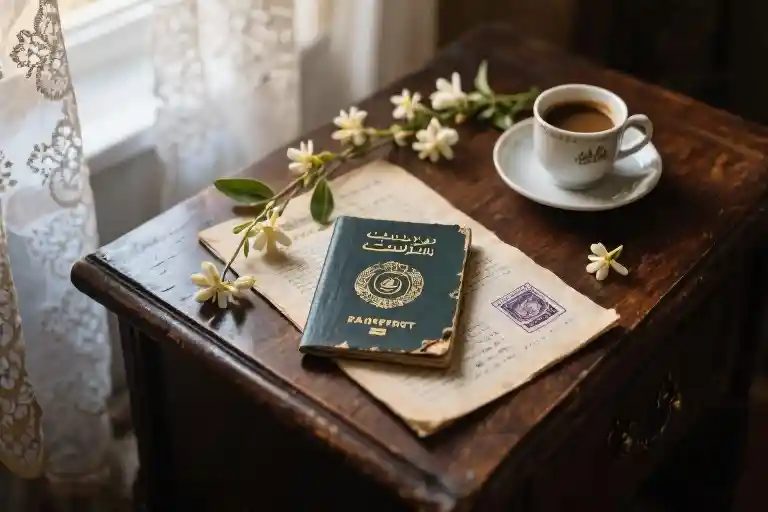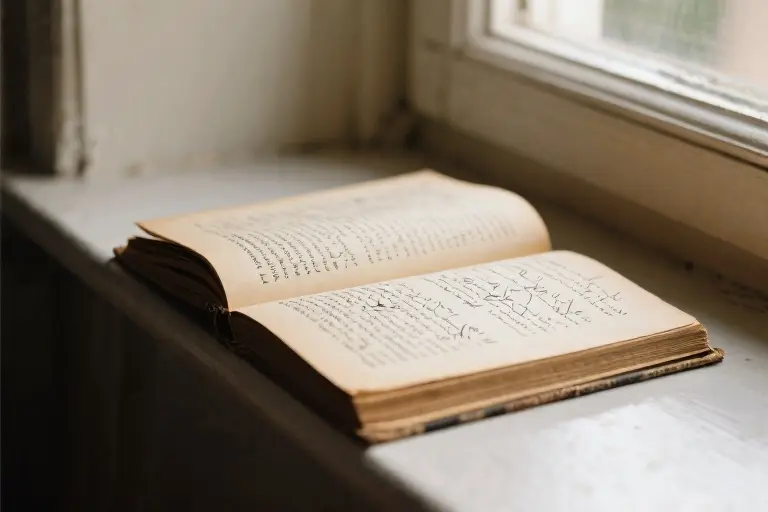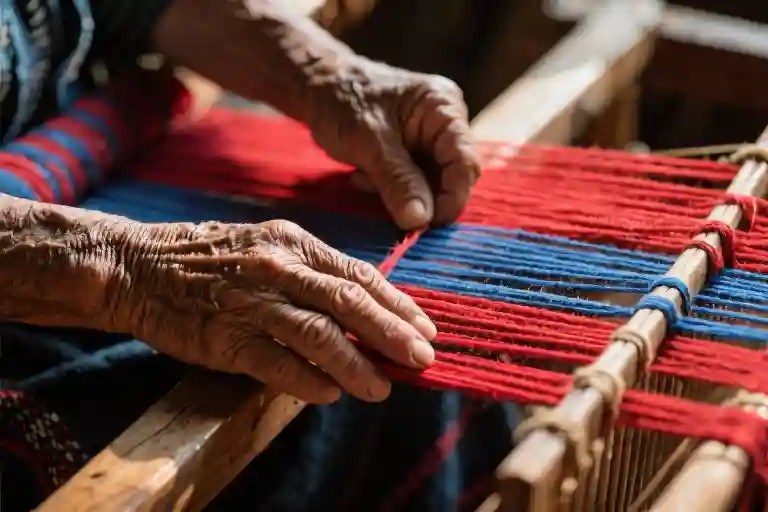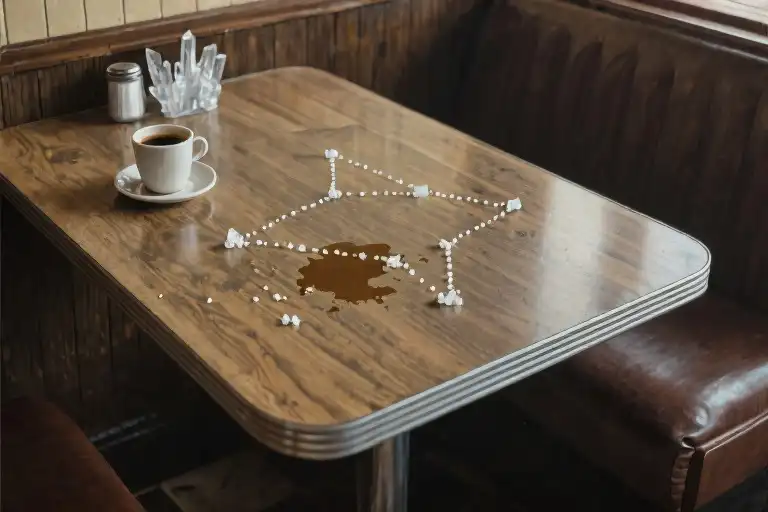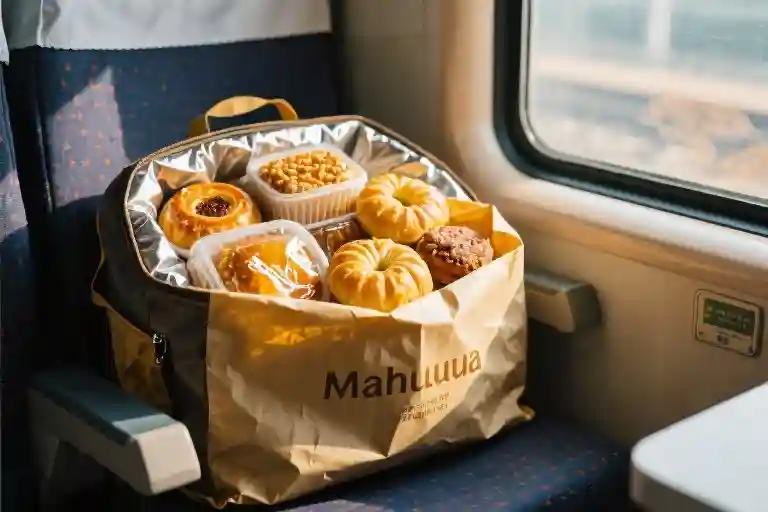The places we visit never truly leave us. They linger like faint perfume on an old scarf, or the way certain light at particular hours can unexpectedly bring back a forgotten moment. It’s not just about the photographs or souvenirs—something more intangible stays with me, some quiet whisper of myself that chooses to remain in those streets, those conversations, those fleeting connections.
This persistence of place fascinates me. Even years later, I’ll catch myself wondering about the shopkeeper in Marrakech who taught me to count in Arabic, or the elderly couple in Kyoto who shared their umbrella during a sudden downpour. Most often, I imagine these people continuing their lives in familiar patterns, their worlds moving forward with that peculiar resilience ordinary people everywhere seem to possess. Markets keep operating, children keep laughing in schoolyards, daily rhythms persist even as governments rise and fall, as economies collapse and rebuild themselves.
There’s comfort in this continuity, in what might be called the inertia of place. The way communities adapt while holding fast to some essential version of themselves—through political upheavals, through the creeping erosion of tradition by modernity’s relentless tide. I’ve seen this from Buenos Aires to Bangkok, how cultures transform yet remain recognizable at their core.
Then there’s Syria.
The Syrian visa came surprisingly easy that autumn. My passport—from a country whose relations with Damascus had been frosty for decades—received its stamp in the Cairo embassy with bureaucratic efficiency. No special questions, no suspicious glances, just the crisp sound of the exit stamp coming down on fresh ink. This mundane transaction would be my first lesson in Syria’s contradictions: the surface normalcy masking deeper realities.
What stays with me now isn’t just the physical journey—the ancient stones of Damascus older than any European capital, the scent of jasmine and cardamom coffee in the souks—but the constant awareness of being observed. In police states (and most Middle Eastern countries function as such to varying degrees), this awareness becomes second nature. Every notebook entry, every conversation, every book in my luggage could be scrutinized. The literature they inspected at the border—what harmless phrase might be misconstrued? Which casual remark to a fellow traveler might later require explanation?
I learned to move through Syria like a careful archivist, preserving some experiences in memory while leaving others undocumented. This selective preservation became its own kind of survival strategy. The fragments I chose to carry away, and those I left behind—these decisions shaped my Syria as much as any official tour or guidebook ever could.
The Geology of Memory
Places accumulate in us like sedimentary layers—each visit depositing another stratum of memory that never fully erodes. I’ve come to think of this as topographical inertia: the stubborn persistence of a place’s essence despite the forces that try to reshape it. Economic collapses may empty storefronts, new political regimes might paint over old slogans, but the marrow of a place lingers in the way grandmothers still bake bread the same way for generations, or how taxi drivers argue about football with identical gestures decades apart.
Buenos Aires taught me this. During the 2001 economic crisis, I watched elderly men trade tango steps for protest chants in Plaza de Mayo, their leather shoes scuffing the same cobblestones where they once danced with sweethearts. The currency had collapsed, but the ritual of gathering at Café Tortoni for medialunas at 5pm remained unshakable. That café survived military juntas and hyperinflation; its gilded mirrors still reflected the same slow stir of spoons in cortado glasses.
This inertia comforts me. It suggests that the fragments we leave behind in places—a phrase overheard in a Damascus souk, the muscle memory of navigating Aleppo’s labyrinthine alleys—might still exist in some form, preserved beneath layers of subsequent turmoil. Until suddenly, they aren’t.
Syria fractures this theory. When the inertia of a place snaps under forces too catastrophic—not economic fluctuations but war, not political evolution but obliteration—what happens to those deposited fragments? Do they become cultural fossils, or do they burn away with the buildings that housed them? The visa stamp in my passport, crisp from the Cairo embassy, felt like a permit to conduct an archaeological dig in a living museum. I didn’t yet know I’d be excavating my own limits as much as Syria’s contradictions.
The Silent Visa Stamp
The Egyptian sun was already brutal at 8:17 AM when I approached the Syrian embassy in Cairo. A ceiling fan wobbled above the consular officer’s head, its uneven rhythm matching my pulse as I slid my passport across the counter. That moment contained all the paradoxes of traveling to police states – the mundane bureaucracy masking invisible threats, the casual efficiency belying political tensions.
My government’s relationship with Syria could charitably be described as frosty. Since the 1967 war, diplomatic cables between our nations read like divorce papers where neither party could agree on custody of the Golan Heights. Yet here was a perfectly ordinary civil servant, humming along to Umm Kulthum playing on a transistor radio, stamping my visa with the bored efficiency of a grocery clerk scanning canned beans.
This was 1992 Syria – a country simultaneously isolated and omnipresent in regional politics. The Soviet Union had collapsed twelve months earlier, leaving Assad’s regime scrambling for new patrons. You could taste the geopolitical uncertainty in the air, metallic like the scent of freshly printed propaganda leaflets stacked in embassy corners. Yet daily life maintained its stubborn rhythm, what anthropologists call ‘the inertia of place’ – that cultural momentum which persists even as political earthquakes reshape foundations.
Three details struck me about the visa process:
The absence of questions. No purpose of visit inquiries, no accommodation verification. Just a blue stamp bleeding slightly into the passport paper.
The clerk’s polished shoes, incongruously elegant beneath a government-issue desk.
The way sunlight caught dust motes above his head, making the surveillance camera in the corner nearly invisible.
Later, drinking overly sweet tea at a café across the street, I realized this was my first lesson in Syrian contradictions. The same government that maintained meticulous files on political dissidents couldn’t be bothered to vet a foreign traveler. The same bureaucracy that would later scrutinize my notebooks at border crossings initially waved me through like a package on an assembly line. Perhaps this explained how police states endure – not through flawless efficiency, but through selective enforcement that keeps citizens guessing.
That visa stamp became my first fragment left behind in Syria, though I didn’t know it then. A blue ink Rorschach test that could mean hospitality or surveillance, welcome or warning. Like the country itself, it refused easy interpretation.
The Anatomy of a Customs Inspection
The border guard’s fingers moved through my notebook like a surgeon performing an autopsy. Each page turn carried the weight of potential discovery, his blunt fingertips pausing at handwritten phrases that might have been innocent travel notes or subversive codes. In that moment, I understood the true meaning of censorship – not the dramatic black bars over text, but this slow, methodical examination of private thoughts by a disinterested official.
Syria in 1992 had perfected the art of bureaucratic intimidation. The customs hall smelled of stale sweat and cheap disinfectant, with flickering fluorescent lights that made everyone look slightly ill. My East German friend Klaus, who’d crossed the Berlin Wall before its fall, later remarked how similar the rituals felt – the same exaggerated stamping of documents, the same theatrical sighing while examining luggage, the same unspoken rule that the traveler must stand just slightly too close to the counter.
What surprised me most was the banality of their techniques. No high-tech scanners or trained dogs, just human beings performing a centuries-old dance of power and submission. The young officer examining my backpack lingered over my copy of The Old Man and The Sea, flipping through it with the distracted air of someone who’d rather be anywhere else. Yet I knew this performance mattered – Hemingway’s simple prose could be read as counterrevolutionary if the mood struck them.
Klaus had taught me the East German method: pack your most suspicious items in the most obvious places. “They always check the hidden pockets first,” he’d said. “Leave your controversial books right on top, wrapped in boring magazines. The psychology works – they feel clever for finding something, then stop looking.” In Damascus, this strategy proved sound. After confiscating my innocuous Newsweek (the mere sight of Western media triggering automatic suspicion), they waved through my actual contraband – personal letters containing political jokes from Egyptian friends.
The real censorship happened in my own mind long before reaching the border. I’d spent evenings in Cairo editing my journals, blacking out names, rewriting passages that might implicate anyone. This self-surveillance became second nature, until I caught myself mentally redacting thoughts before putting pen to paper. The fragments I left behind in Syria weren’t just physical mementos, but whole versions of myself I chose to abandon at the checkpoint.
Customs inspections reveal a fundamental truth about police states – their power lies not in what they find, but in what they make you destroy yourself. Twenty years later, watching news footage of ISIS bulldozing Palmyra, I recognized the same impulse: the desperate need to control which fragments of history get preserved, and which get left behind in the dust.
Fragments of Ownership
The last time I saw Damascus, its streets smelled of cardamom coffee and diesel fumes. The Umayyad Mosque’s courtyard held the quiet hum of afternoon prayers, while vendors near Straight Street balanced trays of baklava that glistened under the sun. These fragments feel stolen now—not by me, but by the war that reshuffled their context like a deck of cards thrown into the wind.
Watching satellite images of those same coordinates today produces cognitive dissonance. The pixelated greys and browns show structural wounds where the spice market once stood, the geometry of destruction too precise to be accidental. Yet in my mind’s eye, the neon green plastic chairs of Nofara Café still cluster around backgammon boards, their arabesque patterns clashing gloriously with the patrons’ striped shirts. Memory insists on superimposing these layers, creating a palimpsest where 1992 and 2023 occupy the same space.
This raises uncomfortable questions about who really owns these mental souvenirs. When a place undergoes radical transformation—whether through war, revolution, or slow cultural erosion—what becomes of the fragments visitors like me carried away? The Syrian students who debated Foucault with me in dimly lit bookshops, the tailor who insisted on adding hidden pockets to my jacket ‘for important papers’—do they recognize their country in my recollections? Or have their own memories been overwritten by more urgent survival codes?
There’s an unspoken hierarchy in travel narratives. We assume the right to memorialize places while rarely considering whether those places would recognize themselves in our accounts. My journal from that trip contains meticulous notes on the play of light on Barada River (now mostly dry), but nothing about the mukhabarat agent who trailed me for three blocks near the Hijaz Railway station. The fragments we choose to keep reveal more about our blind spots than about the places themselves.
Perhaps this explains why returning travelers often feel phantom limb pain for vanished cities. The Damascus in my mind—with its Ottoman courtyards smelling of jasmine and the electronic crackle of state radio broadcasts—no longer exists. Neither does the version carried by Syrian refugees in Istanbul or Berlin. Yet we all clutch these shards as if they could reassemble into something whole, something that could tell us where the breaking point was between ‘before’ and ‘after.’
Maybe that’s the final paradox of travel under authoritarianism. The very precautions we take to observe without interfering (careful conversations, sanitized notebooks) end up distorting the record. My self-censorship in 1992 created gaps that now make the memories harder to trust. Those missing pieces might have been the most important ones—the overheard grievances, the quickly averted glances when certain topics arose. What survives is a curated Syria, one that fits neatly between passport stamps and moral comfort zones.
The war didn’t just take buildings and lives. It took our collective right to say ‘I remember when’ with any certainty. All that remains are competing fragments—exiles’ nostalgia, journalists’ rubble footage, my own politicized snapshots—each claiming a piece of ownership over a place that has outgrown them all.
The Fragments We Leave Behind
The suitcase still smells faintly of za’atar and diesel fuel, though it’s been decades since that Damascus afternoon when I last zipped it shut. Some journeys never really end—they just become layers of yourself, pressed between passport pages like dried flowers from borders you can no longer cross.
Syria in 1992 existed in that peculiar twilight between Cold War posturing and the coming storm. The visa came too easily, its crimson stamp bleeding slightly into the paper as if even bureaucracy couldn’t contain what waited beyond the border. At the time, I mistook the consular officer’s silence for indifference rather than the careful calculation it was. Police states rarely announce themselves with shouting; their power lives in the spaces between words, in the way a customs agent’s fingers might linger too long on your notebook’s edge.
What survives in memory isn’t the grand monuments but the incongruous details: the university student who quoted Nizar Qabbani while adjusting his Che Guevara pin, the way shopkeepers’ voices dropped mid-sentence when certain customers entered. These fragments contradict the simplistic narratives we’re fed about places like Syria—the reduction of entire civilizations to headlines about conflict and oppression. The human capacity for joy persists even under the weightiest regimes, though it learns to move quietly, like sunlight shifting across a prison yard.
Now, when satellite images show neighborhoods I walked reduced to gray pixels, I wonder about those fragments of myself left behind. Does the spice merchant remember the foreigner who overpaid for saffron just to hear his stories? Did the tattered copy of Darwish’s poems I slipped to the bookseller survive the barrel bombs? Places outlive our fragile human constructs—this I know—but what becomes of the invisible threads connecting us across time and ruin?
The last Syrian border guard studied my exit stamp a beat too long before saying, with perfect bureaucratic emptiness: ‘Your visit is concluded.’ He was wrong, of course. Some visits never conclude; they just change form. Like the way I still wake certain mornings expecting to hear the call to prayer from the Umayyad Mosque, or find myself unconsciously avoiding political topics in conversations—residual habits from living under watchful eyes. The most powerful censorship isn’t what prevents you from speaking; it’s what lingers long after the guards are gone.
Perhaps this is why we travel to difficult places: not to collect experiences like souvenirs, but to willingly fracture ourselves. To leave pieces of our consciousness in alien soil where they’ll grow into something we wouldn’t recognize. All borders are ultimately fictional—the real frontiers exist in the mind. And sometimes, when the night is very still, I swear I can hear Damascus whispering back to the fragments I left there.

